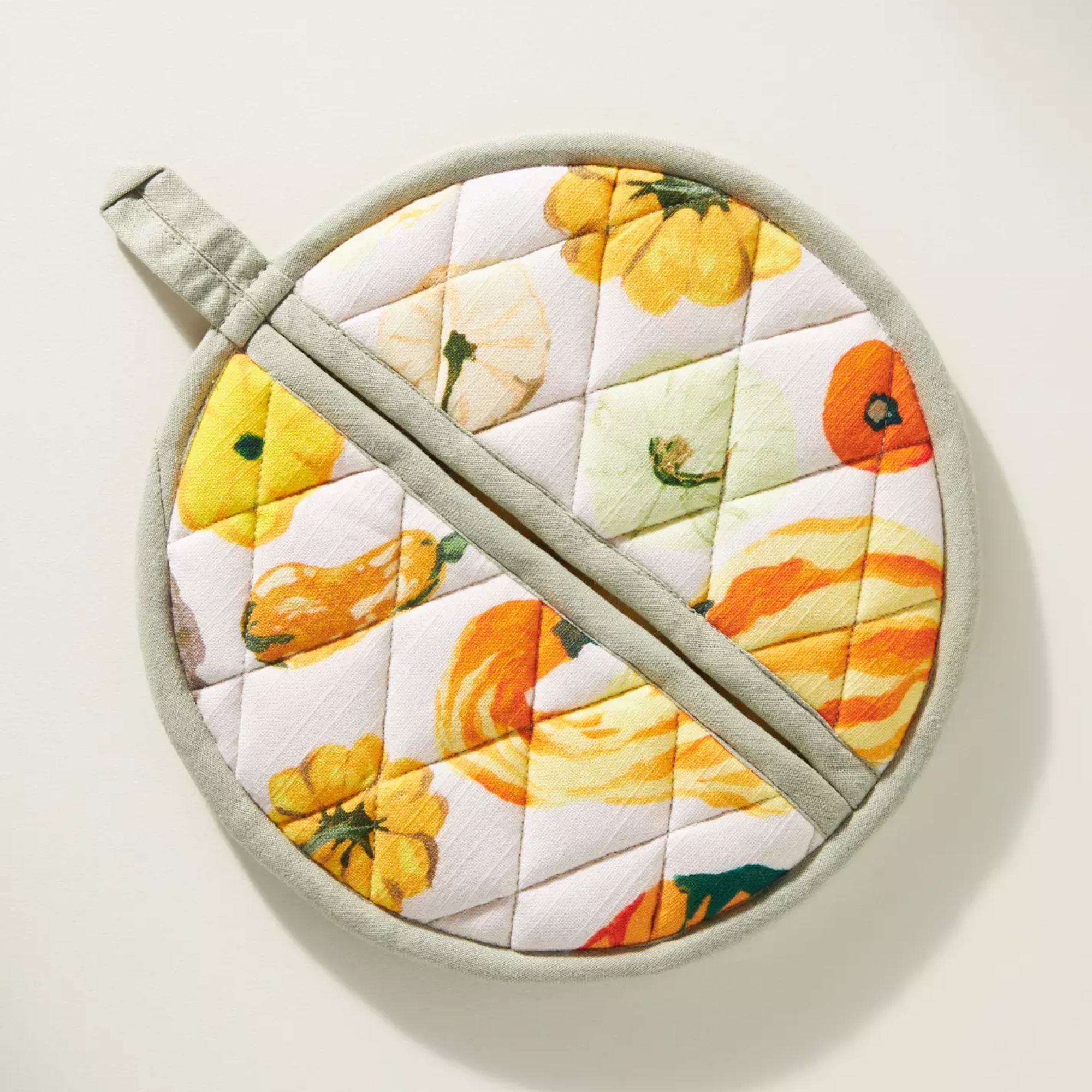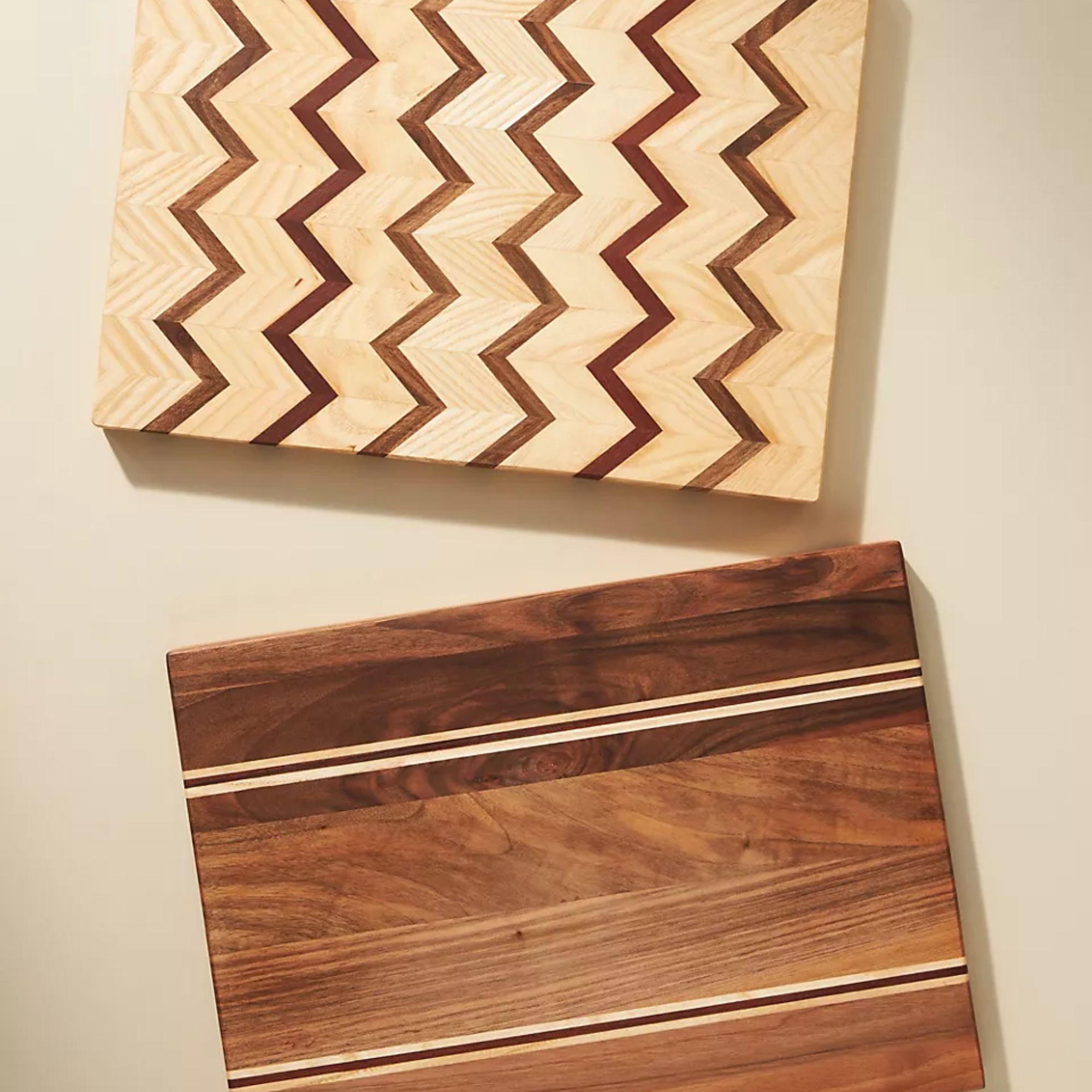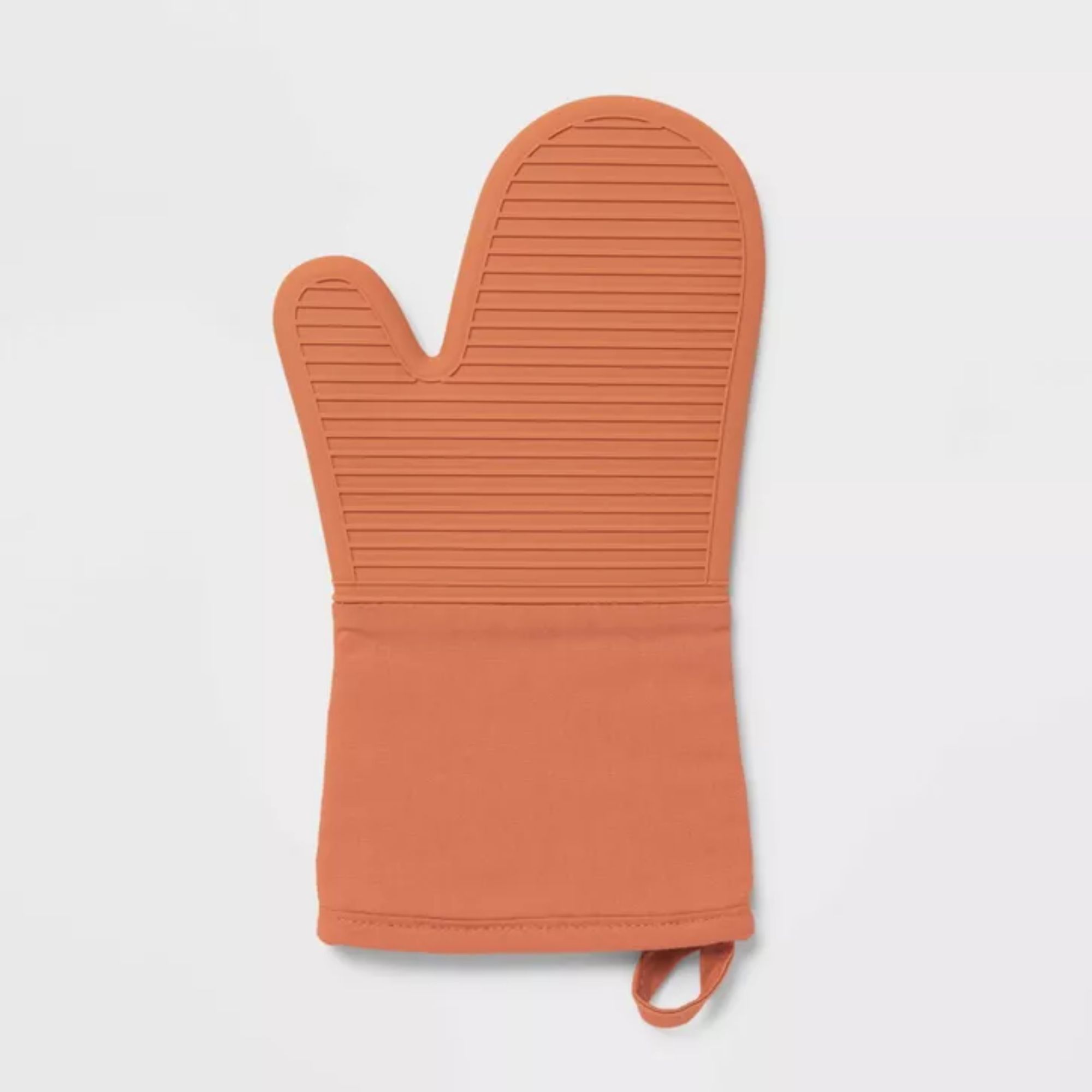Where should an oven be placed in the kitchen? 7 factors to guide your decision
7 factors to consider when choosing the most efficient place for your oven
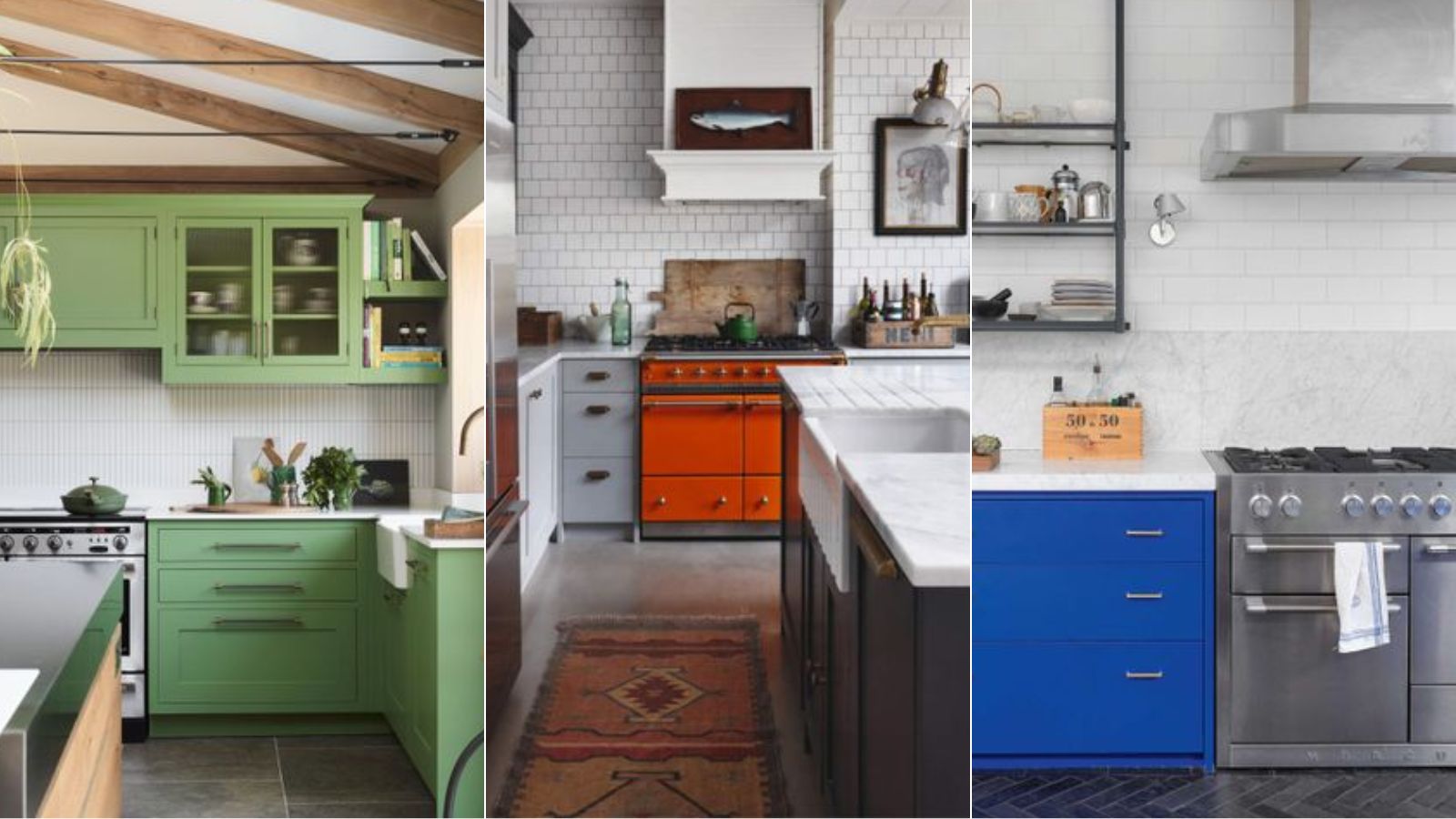

Deciding where you should place your oven in your kitchen is key to ensuring your kitchen functions effectively, as well as fitting with your kitchen's aesthetic.
When determining its placement, you should consider factors such as your overall kitchen layout, workflow, safety, and the location of other appliances.
Finding the ideal spot in your kitchen for your oven can make day-to-day cooking and dinner party hosting duties significantly easier. Plus it's generally a permanent installation, so you'll want to make sure you are satisfied with its placement.
7 factors that impact where an oven should be placed
Your choice of oven placement should align with your kitchen's design and how you and your household use the space. Our experts have recommended the various factors that will impact where the best place for your oven is in your kitchen.
1. The available prep space around the oven
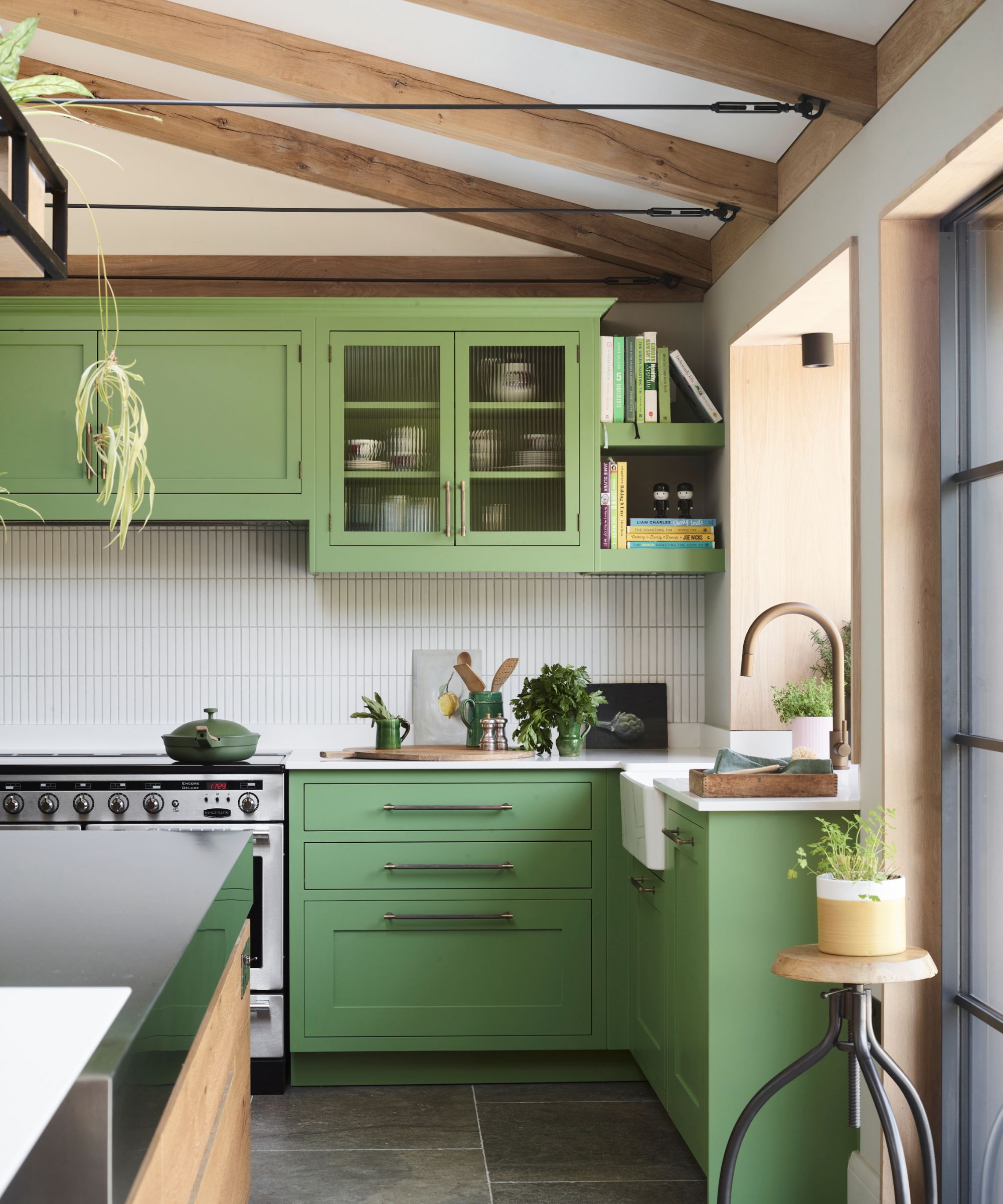
'Let's talk about landing counters,' says commercial kitchen consultant Eva Lorena, from Zanduco. 'It's a term not often used but merely a countertop area adjacent to the oven.
'Imagine taking out a heavy roast; you'd need a place to set it down immediately. Placing the wall oven perpendicular to a countertop can be functional and aesthetically pleasing, creating a small landing zone for your culinary delights.'
Petya Holevich from Fantastic Services also suggests having storage drawers or cabinets near your oven to store oven mitts, baking sheets, and other oven-related accessories. This will keep everything you need for baking and roasting within arm's reach.
'Your oven’s proximity to prep areas is the most important thing. This will make it convenient to transfer dishes in and out of the oven, reducing the risk of accidents or spills,' Petya continues.
2. Your kitchen's layout and size
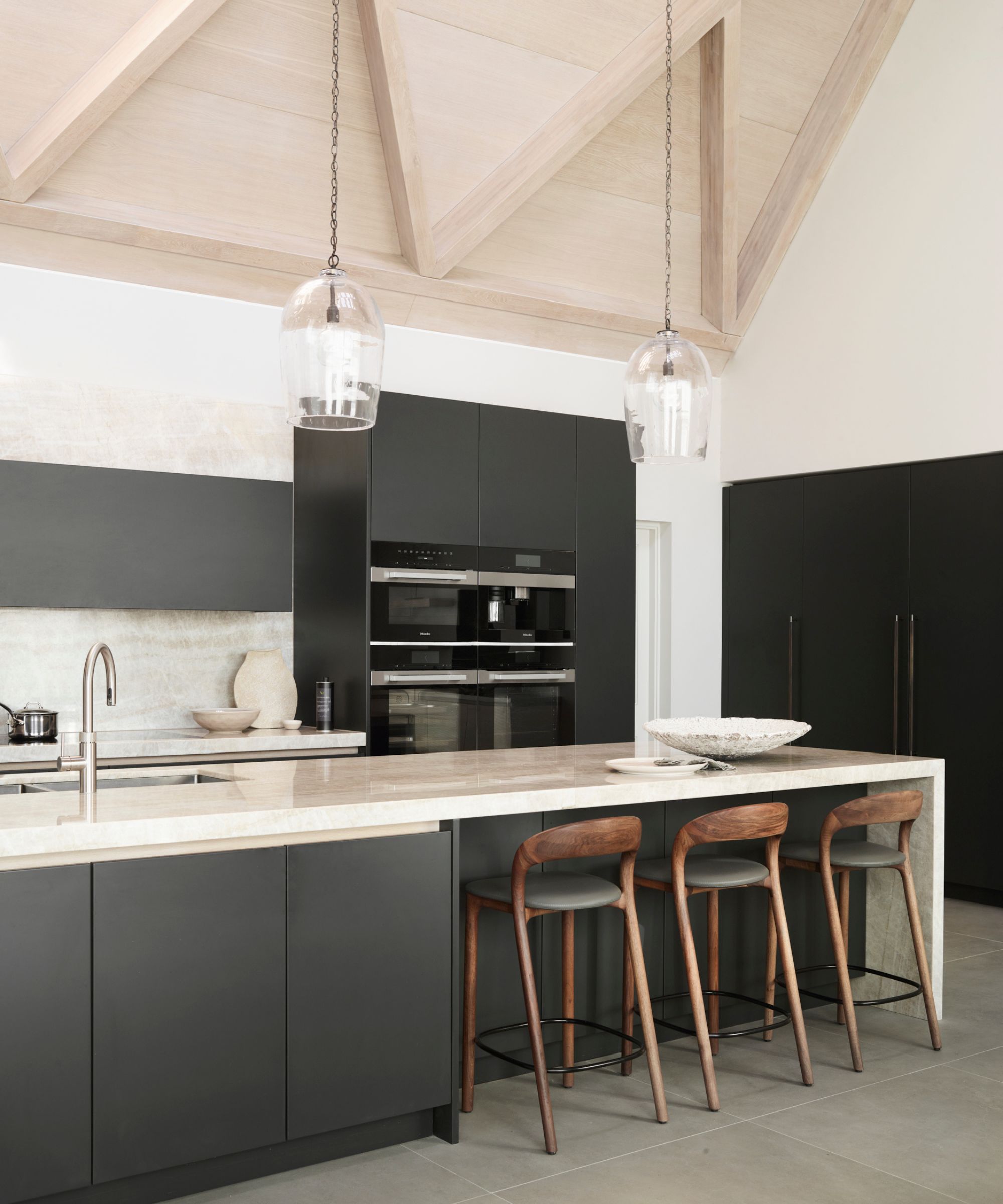
'The choice of oven placement can be influenced by the kitchen's layout and size,' advises Rich Mullins, interior design expert at H2O plumbing. 'For instance, in smaller kitchens, where space is limited, wall-mounted ovens or under-counter ovens can be great options.
'These placements save valuable floor space and create a sleek and uncluttered appearance. Wall ovens, when placed at eye level, also offer ergonomic advantages by eliminating the need to bend down.'
If, on the other hand, you have a larger kitchen, Cyble Rizwan, content marketer at Persimmon Design suggests opting for double ovens placed side by side or one above the other, especially if you often cook for lots of people.
Keely Smith, interior designer expert and artist at Home Stratosphere points out that wall ovens have gained popularity in recent years thanks to their flexibility. 'They give you more freedom to distribute your cooking activities across the kitchen,' she says, which allows you to multitask and cook multiple things at different temperatures.

Keely Smith is an interior designer expert and artist at Home Stratosphere, a leading interior design studio in North Vancouver, BC. With over 10 years of experience, she's helped numerous businesses and individuals realize their interior design goals.
An alternative option for larger kitchens is to place the oven on your kitchen island: Rich Mullins says, 'Larger kitchens with ample room may opt for a more dramatic approach.
'A central island with a built-in oven can become a striking focal point, combining both style and functionality. With this type of setup, you have the luxury of multiple access points, making it ideal for entertaining and socializing while cooking.'
Before installing your oven, consider the type of kitchen layout you have and decide where your oven will best accommodate your needs and the kitchen's available space.
3. The work triangle principle

When considering where to place your oven in a kitchen, you may like to apply the work triangle principle.
Since the 1950s, kitchen designers have used the work triangle principle, which looks at the distance between the sink, stove or oven, and refrigerator. Ideally, these are all easy to move between while cooking.
Roman Smolevskiy, owner of A+ Construction & Remodeling advises, 'To maintain efficient movement, the oven (if separate from the stove) should be placed close enough to this triangle but not obstruct the easy flow between these three points.'
Food blogger, Adam Crookes adds, 'This setup reduces unnecessary steps while cooking, making the entire process more streamlined and efficient. Moreover, it ensures that multiple kitchen users don't bump into each other, especially in bustling cooking environments.'
4. Safety considerations
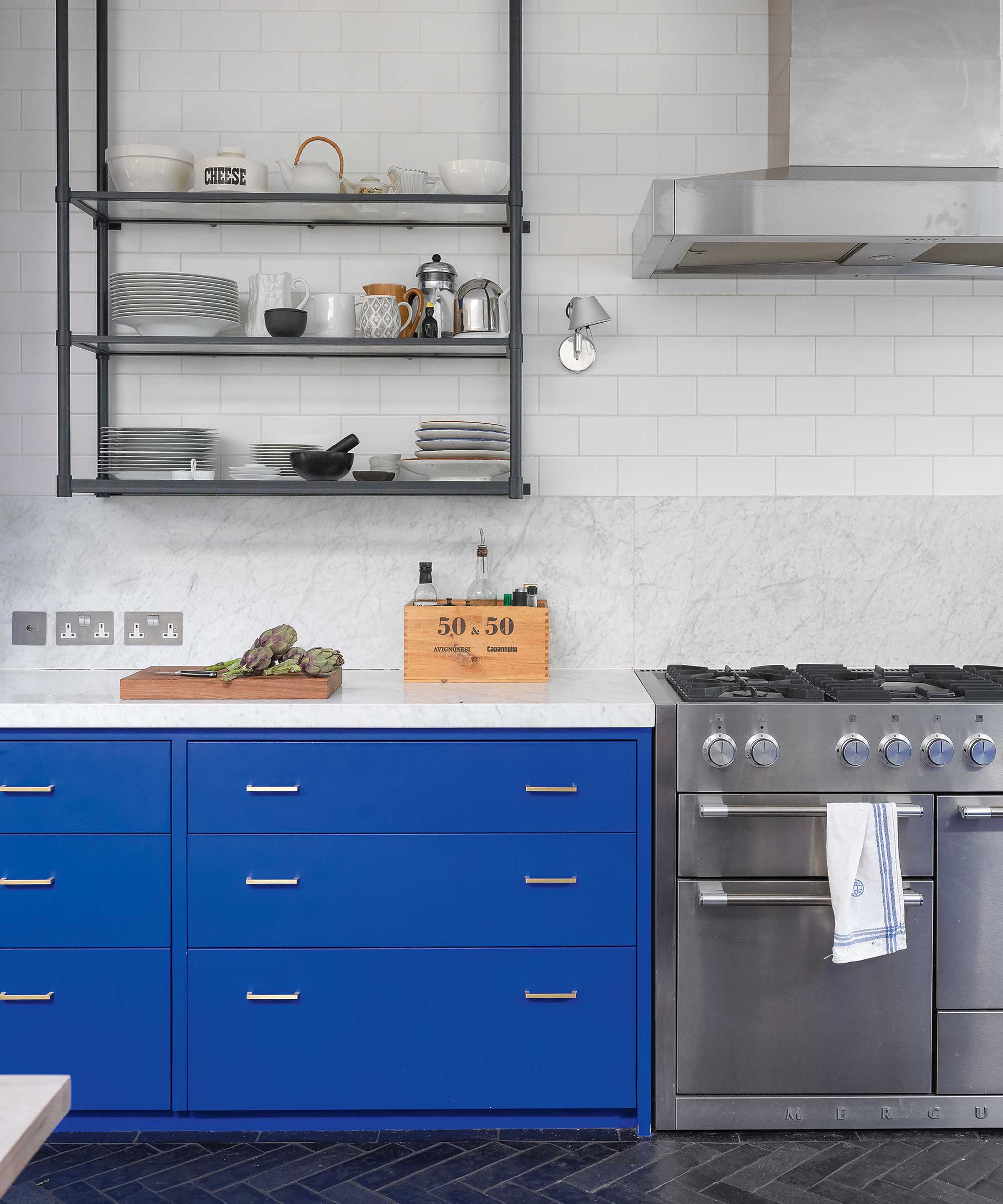
The biggest consideration with oven placement is safety, says Eva Lorena. 'You want to ensure there is proper ventilation available where your oven is and that it is not going to be in a location that will cause tripping hazards when the door is open. You should also ensure it isn't placed too close to flammable items or materials, like curtains or towels.'
'Position the oven away from high-traffic areas in your kitchen to prevent any accidents, especially when the door is open,' advises Roman Smolevskiy. 'If you have children, you might also want to consider an oven with a lock feature or one that remains cool to the touch.'
Eva Lorena is a commercial kitchen consultant at Zanduco, a well-known Canadian food equipment and services e-commerce store. Eva's passion for the culinary arts and efficiency in kitchen design is reflected in her meticulous consulting approach.
5. Ventilation
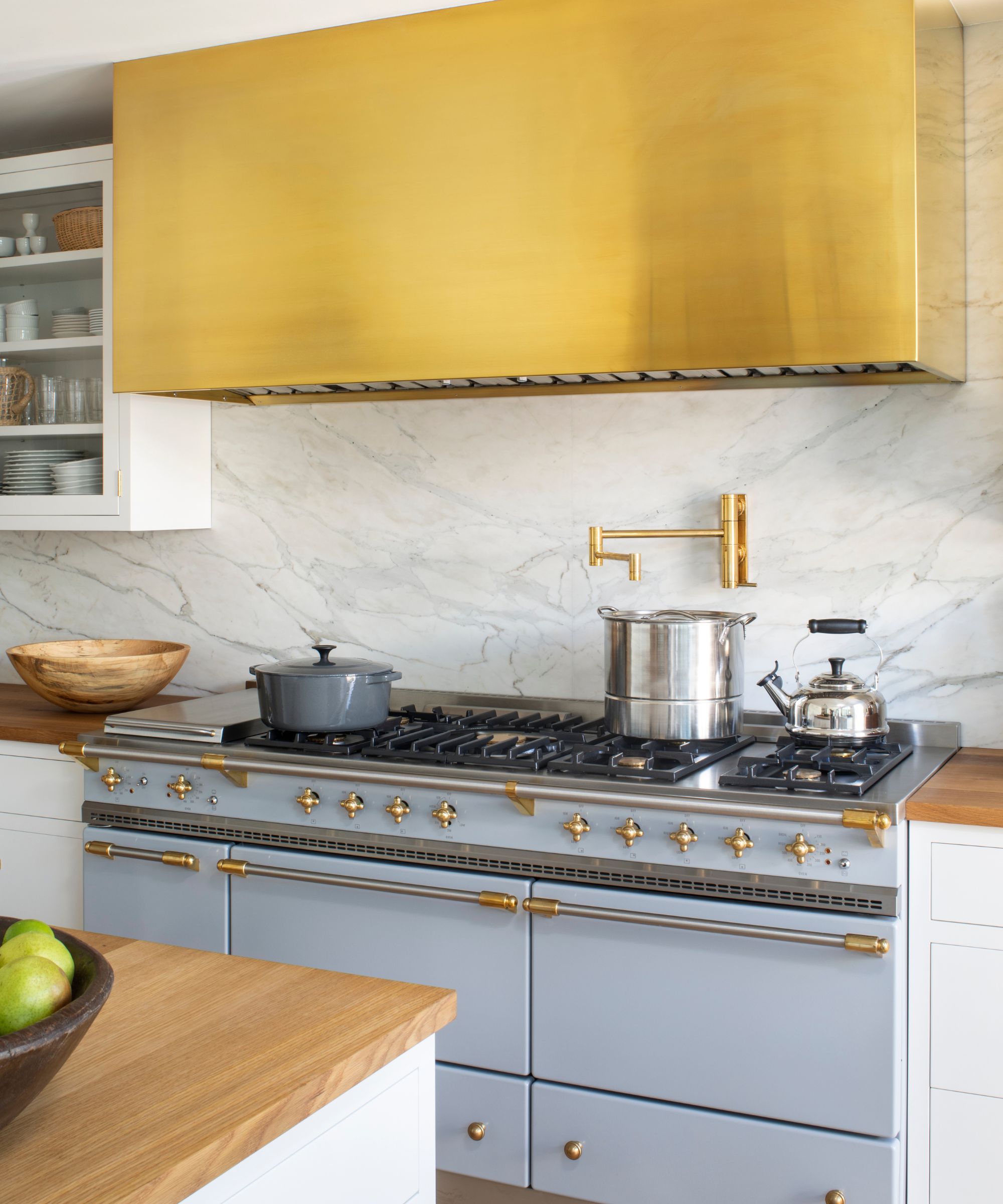
A key part of ensuring safety and comfort in your kitchen is considering your ventilation options when deciding where to place your oven in your kitchen.
Adam Crookes comments, 'Proper ventilation is crucial, so the oven's position should be near a window or integrated with a high-quality venting system to ensure the quick dispersal of heat and cooking fumes, thus maintaining a pleasant kitchen environment.'
Rich Mullins agrees, 'Getting the ventilation right can make or mar the comfort and healthiness of your cooking environment.' Ventilation will not only help maintain a comfortable temperature but will also keep on top of odors so your kitchen always smells nice.
6. Combining aesthetics and function
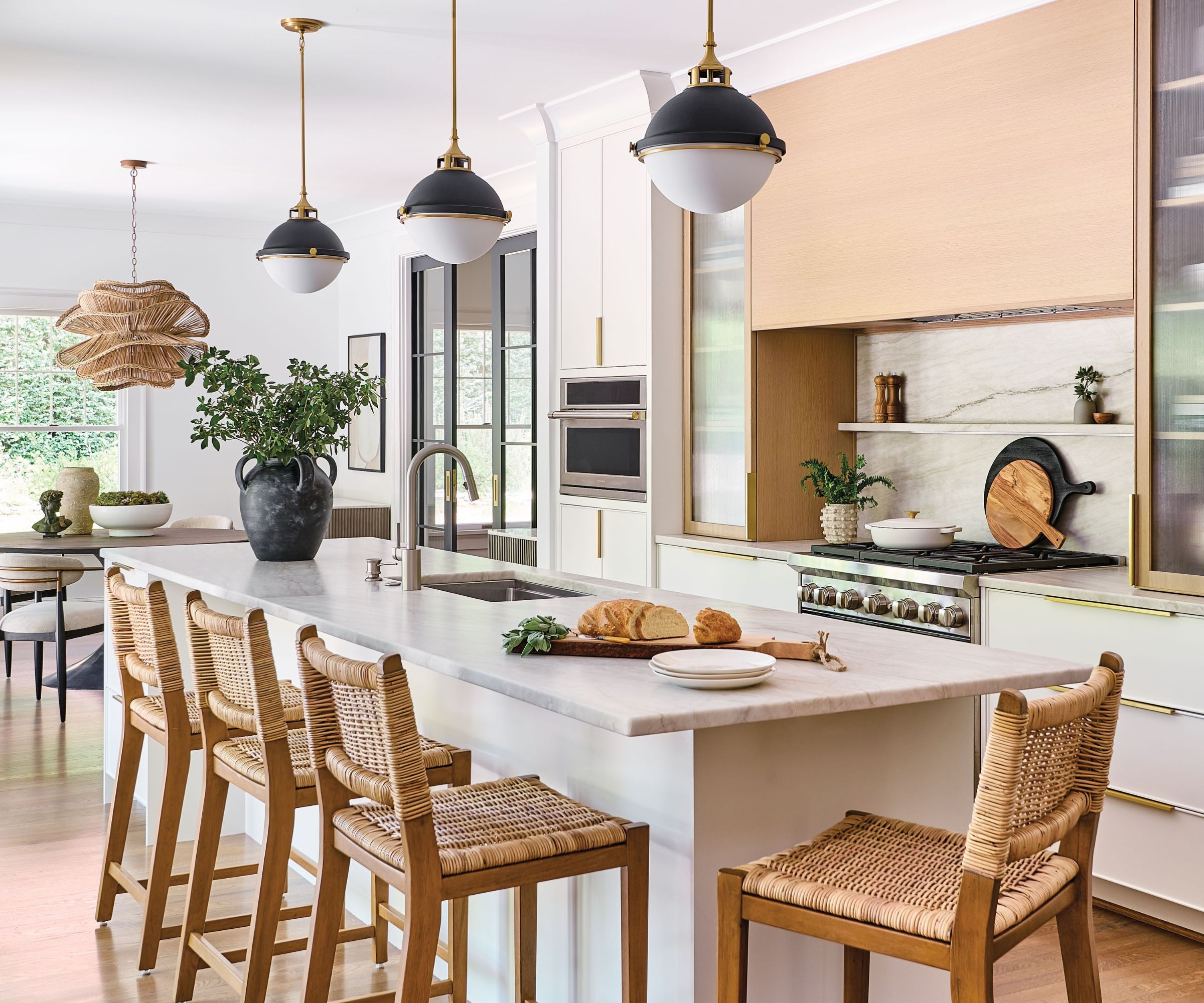
Adam Crookes says, 'Beyond functionality and safety, the visual appeal of a kitchen plays a significant role in overall satisfaction. As a focal point in many kitchens, the oven should complement the design aesthetics. Whether it's a freestanding range acting as a statement piece on a kitchen island or a sleek built-in wall oven seamlessly integrated into cabinetry, its placement should balance the overall kitchen layout.'
There are many different approaches you can take depending on your kitchen and aesthetic preferences, all of which you should consider when deciding where to place your oven.
'While functionality is paramount, aesthetics shouldn’t be ignored', adds Roman Smolevskiy. 'The oven should integrate seamlessly with your kitchen's overall design. If you have a compact kitchen, consider sleeker models or built-in options that don't protrude. You'd be amazed at how the right placement can elevate the entire look of the space.'
For example, 'Wall ovens are typically installed at eye level within kitchen cabinets or within a wall niche,' says Nathaly Vieira, founder at Inspire Clean. 'This placement offers a seamless and ergonomic design, allowing you to access the oven without bending over. It's ideal for homeowners who want a sleek and modern look in their kitchen.'
Adam Crookes suggests that 'Kitchens with open floor plans, where the kitchen blends into the living area, necessitate especially thoughtful oven placement, ensuring it contributes to the visual harmony of the broader living space.' This can be done by placing your oven in a built-in cabinet or under the countertop if you have a separate cooktop.
Patricia Tram, principal designer at Strut Interiors advises, 'Stove tops and ovens are considered the heart of the kitchen, and should be placed where they aren't facing another appliance or frequently used drawer. I love them against a wall with clear space in front of it for a runner rug. We love incorporating pretty appliances with our cabinets and decor, so don't hide these investments and show them off!'
7. Accessibility
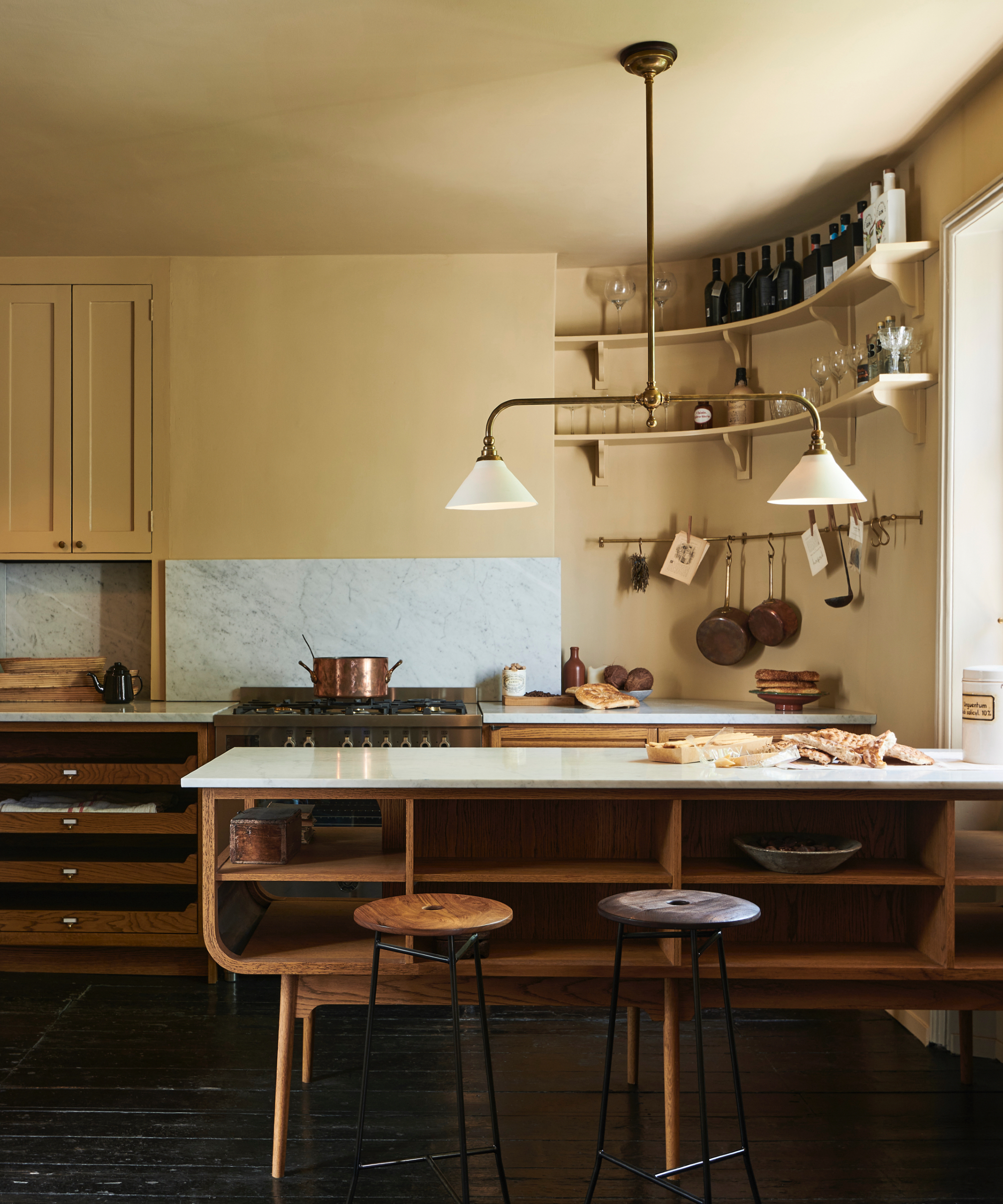
You should consider the accessibility of the oven when placing it in the kitchen. It should be at a comfortable height for you to reach, operate and clean, especially if you have specific accessibility needs.
Petya Holevich recommends, 'The ideal height for oven placement is usually at about waist level because this minimizes the need for excessive bending or reaching while placing dishes in or taking them out of the oven, promoting ergonomic cooking.
'Make sure also that its door and controls are easily visible from your primary workspace in the kitchen to allow you to monitor the cooking progress without having to constantly move back and forth.'
Eva Lorena, commercial kitchen consultant suggests, 'Convenience also extends to traffic flow – don't place your oven in a location where it gets in the way of other appliances or areas where you need to walk.'
Keely Smith adds, 'The concept of ergonomic height has revolutionized the wall oven game. So, if your concern lies in ease and functionality, elevated base cabinets are your best bet. They bring the oven to a height where you don't have to strain your back.
'In one of my projects, my clients were professional bakers who needed an ergonomic kitchen. We chose a wall oven placed at chest level so they wouldn't have to bend down repeatedly while baking. This has notably affected their comfort and efficiency in the kitchen.'
How far should your oven be from items surrounding it?
Fantastic Service's supervisor, Petya Holevich advises, 'To ensure safety, also leave at least 38 to 61 centimetres of space on either side of the oven to prevent accidents, allow easy access and reduce the risk of overheating adjacent cabinets.'
What if I want to upgrade my oven in the future?
'Kitchen appliances evolve, and design trends change. When positioning your oven, consider the possibility that you might want to upgrade to a larger size or a different style in the future. Ensuring flexibility in your current design can save on remodeling costs down the road,' advises Roman Smolevskiy, owner of A+ Construction & Remodeling. This may mean avoiding building your oven into cabinets, a kitchen island, or under a countertop.
Ultimately, where you place your oven in the kitchen will depend on the layout and design of your specific kitchen space, as well as your personal preferences. Keely Smith, an interior designer says, 'It's not just about where the oven sits; it's also about how it fits into your life.
'For example, mid-height cabinets can accommodate double ovens for those who frequently cook large meals. If you often find yourself juggling between multiple dishes, this could be a game-changer for you.
'Wall ovens can also tuck neatly under counters, though this might go against the grain for some. You sacrifice a bit of the ergonomic advantage but gain an exciting and alternative setup that could suit smaller kitchens or those seeking a minimalist design.
'So, while the oven's placement might seem like a secondary decision, it can dictate how smoothly your kitchen functions and even how much you enjoy cooking. Your kitchen should be as unique as you, and it's crucial to consider both functional and aesthetic factors.'
Sign up to the Homes & Gardens newsletter
Design expertise in your inbox – from inspiring decorating ideas and beautiful celebrity homes to practical gardening advice and shopping round-ups.

Lola Houlton is a news writer for Homes & Gardens. She has been writing content for Future PLC for the past six years, in particular Homes & Gardens, Real Homes and GardeningEtc. She writes on a broad range of subjects, including practical household advice, recipe articles, and product reviews, working closely with experts in their fields to cover everything from heating to home organization through to house plants. Lola is a graduate, who completed her degree in Psychology at the University of Sussex. She has also spent some time working at the BBC.
-
 10 of the best plants for clay soil – experts recommend the flowers, shrubs and trees that can thrive in challenging conditions
10 of the best plants for clay soil – experts recommend the flowers, shrubs and trees that can thrive in challenging conditionsDiscover what varieties to grow if you want the best plants for clay soil
By Sarah Wilson
-
 The biggest curtain trends to follow in 2025 – 8 key looks to shop that will instantly elevate your rooms
The biggest curtain trends to follow in 2025 – 8 key looks to shop that will instantly elevate your roomsThese are the colors, styles, and materials to embrace in your windows this year if you want desirable drapes, plus our favorite places to shop the trends
By Lilith Hudson
